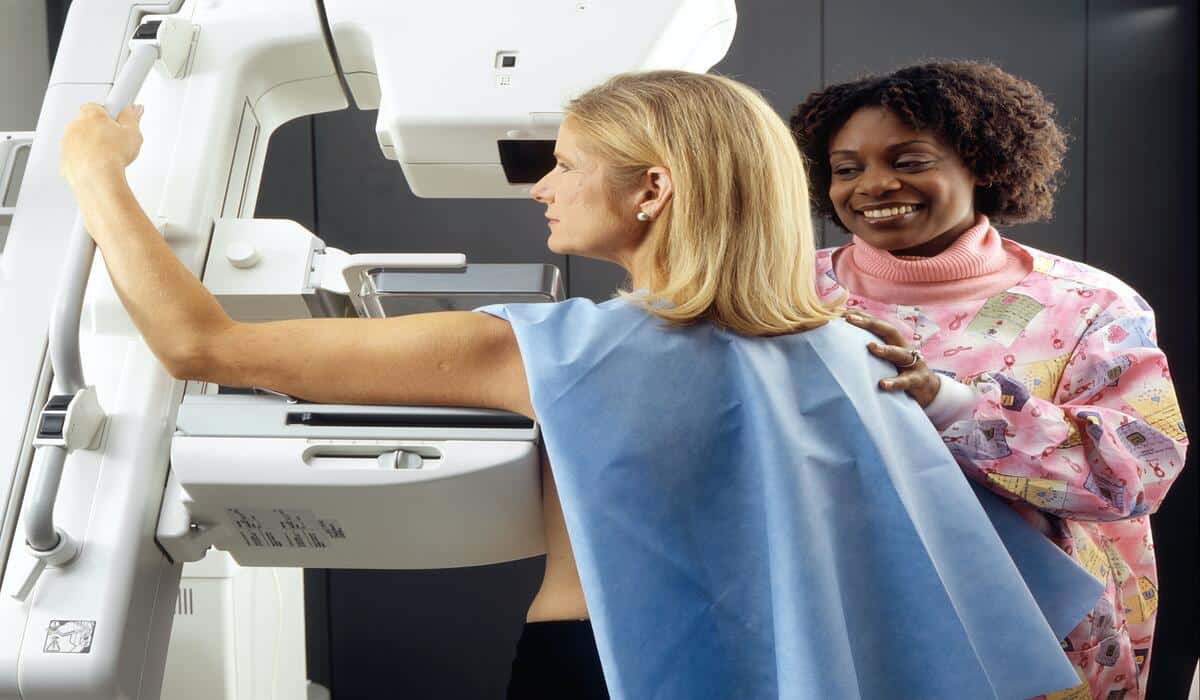Table of Contents
Technically known as hot flushes or even night sweats if it occurs as night, it occurs among women commonly during menopause and peri-menopause. When it occurs, women experience intesnse heat in their bodies as well as a fastening of their heartbeats. It has now been proved that the feeling is not really imaginary and occurs due to a change in the hypothalamus’s control of temperature regulation – resulting in a change of the body heat and temperature of the female body.
Normally, hot flushes are known to continue for twenty to thirty minutes when they occur. While the sensation generally starts in the face or chest, it can even start from the neck. Studies reported in Icy Health suggest that nearly 75% of women have had this experience at one time or another. Hot flushes cause the face of the woman to become hot – the reason the term ‘hot flushes’ was coined.
Here are what women suffering from hot flushes encounter:
- Increased sweating of the body.
- Changes in body temperature.
- Feeling that they will faint.
- Reddening of the face.
- Sensation in different parts of the body.
- Excessive flusing can even lead to a condition known as rosacea, which is a chronic condition that is characterized by facial redness.
- Night sweats that make it difficult to sleep at night.
Who is affected by hot flushes?
Women, in general, who are undergoing menopause and peri-menopause are the ones who are mostly affected by this condition. Sometimes, even younger women are affected by hot flushes. In this case, it might be a problem with their pituitary gland. Also, young women who have become surgically menopausal might encounter more intense hot flushes than others – till the age of their natural menopause.
Why does it happen?
Till now, not a lot of studies have been done to find out the exact cause of the occurrence of this condition. Studies mostly tend to focus on treatment options instead. Yet, from what’s been studied, it seems that estrogen and the hypothalamus are the culprits. Reduced levels of estrogen and a change in the hypothalamus’s control of temperature regulation give birth to these sensations. The hypothalamus is that part of the brain that controls the body temperature and it gives mixed signals to the body during hot flushes – as the oestrogen levels fall. In simple terms, this is how it occurs:
- As your body becomes hot due to reducing oestrogen levels, the hypothalamus responds to cool down the body.
- In turn, more blood enters the skin making the sweat glands work more than usual and reddening the skin (and making the body warm again).
- Hypothalamus again responds by trying to cool down the body.
- This cycle continues for some time.
How can it be fixed?
Well, among the many solutions to, the most popular is to implement a change in your lifestyle itself. Here is what you can do to avoid the occurrence of this condition.
- If you smoke, reducing the number of cigarettes might just help. What’s the best? Well, to stop smoking totally during this period of menopause.
- A good, wholesome diet always helps body encounter challenges better, especially as low blood sugar levels could be one of the possible causes of hot flushes.
- Having regular bowel movements helps – take care that you do not suffer from constipation.
- Water, water and water! Well, having good amounts of water each day keeps the body active and prevents the occurrence of hot flushes.
- In the end, don’t worry too much. Many wise men have told this – your physical health depends on your mental health as well. And taking more stress than necessary wouldn’t ever help you.
True, we do not know yet for sure why hot flushes occur but following a healthy lifestyle will surely lessen your chances of having to deal with it!
Photo by National Cancer Institute on Unsplash


